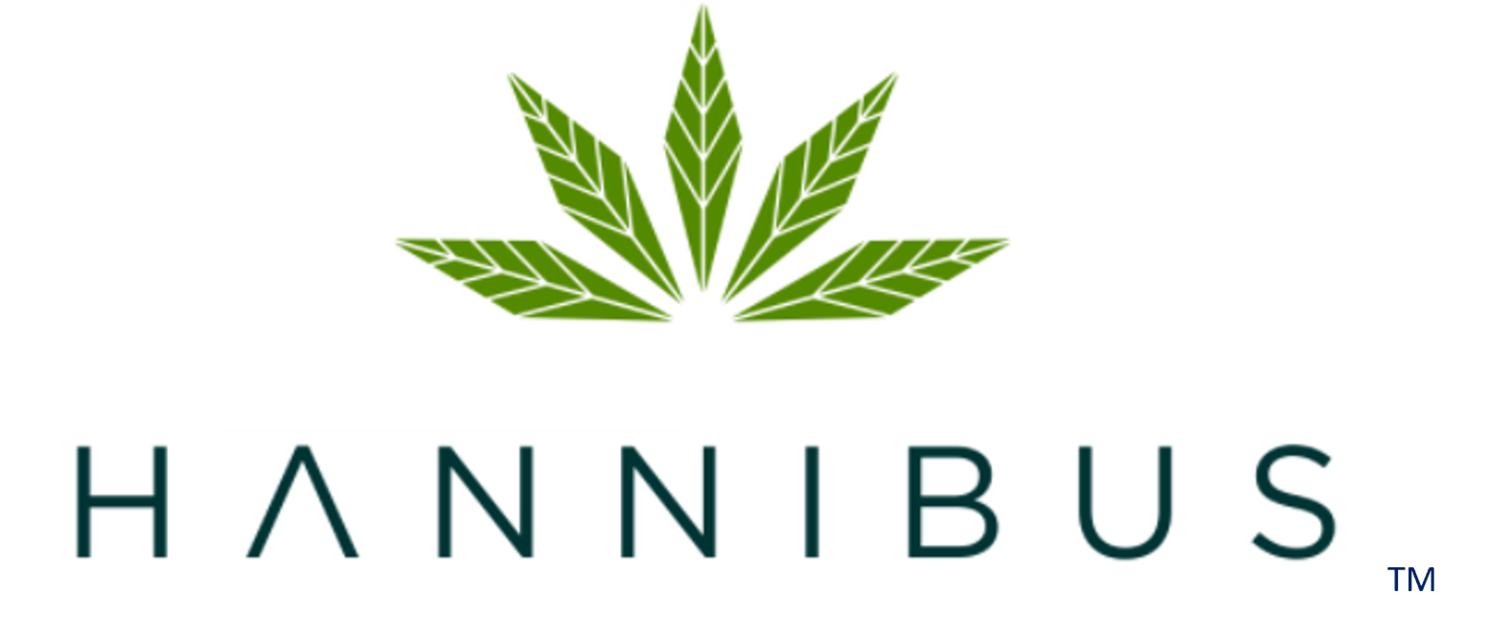Seeds Vs. Clones

Hannibus Insights: Seeds Vs. Clones-
Why pay more for Clones?
The Hannibus mission is to empower Hemp and Cannabis farmers, especially those from underserved communities, with the knowledge, products, and services they need most to succeed.
Growing Hemp is a complicated, multifaceted, and sometimes costly process with many different variables requiring attention.
Hannibus provides the knowledge and insights you need for a seamless growth season, an excellent yield, and financial success from your Hemp Harvest. Together, we take a careful look into this essential aspect of your business strategy.
Success demands meticulous planning and an acute awareness about each stage of your Hemp Grow operation; it’s vital to ask yourself the question:
Are Clones Really Worth More?
This question is a fundamental “flywheel’ that will factor into your Hemp Farm’s overall success.
Before you plant the first Hemp plants in the ground, you need to buckle down and decide whether you are investing in Clones for your Hemp Farm or going down the ‘seemingly’ cheaper route of buying Feminized Seeds.
Cultivating Success Through Education:
At Hannibus, we found that Hemp Clones are the wiser way to go when planning for your Hemp grow this season; here are our four insights as to why:
1. Consistency:
The first reason being that all clones are genetically identical; this means that they come from the same mother stock plant, and consequently, all of the clones grow the same and time out at the same time for harvesting.
And, of course, every cloned plant is identical in its production of CBD% and THC %.
On the other hand, feminized seedlings carry multiple phenotypes across the same cultivar. Imagine siblings from the same parents.
One child has green eyes, the other brown eyes. One child grows to be 6′ 3″ tall, and the other grows up to be 5′ 11″.
The same law of nature goes for seedlings;
The plants will grow differently and time out differently in their flowering cycle.Basically, while one-third (⅓) of the plants in your field may be ready for Harvest at a specific date, the other third (⅓) of the plants still need two more weeks to optimize their flower cycle, and the final third (⅓) would need another month.
2) Your Harvest is Out-Of-Sync:
Meaning, once you harvest all your Hemp Biomass together, cultivated from seedlings instead of clones, you may hit an expensive dilemma.
Mix Up:
The CBD % that was once 12% on the fully mature flowers, which were ready at Harvest, has been modified by blending the amalgamated biomass.
The total CBD is down to 7% because the plant material, which was immature at Harvest, blended with the more mature plants.
Suppose that’s not reason enough to get your alarm bells ringing.
In that case, there is a very high likelihood that one of the phenotypes in this seed population will be Marijuana with a THC % ranging from 2 to 3%, resulting in total field destruction and loss of yield, i.e. no profit.
3) Hermaphrodite Free
Another reason clones are the wiser way to go is that there is no risk of pollination from hermaphrodites.
Since the plants are all genetically identical, a good clone producer would have taken the pains to ensure that his mother stock never had the hermaphrodite gene.
Feminized Seedlings, on the other hand, are bred with hermaphrodite plants purposely.
So the Hermaphrodite gene is introduced, and a % of all the seeds propagated this way will turn out to be hermaphrodites. These plants will put off pollen sacks, pollinate, or seed out all the plants in the surrounding area.
For Instance:
Suppose you plant 100,000 seedlings
and say only 3% of your seedlings turn out to be hermaphrodite.
There is still a high chance that all 100,000 plants could seed out, as 3% of the hermaphrodite population will ‘be spread’ throughout your field and not centralized.
Plus, you will be unable to identify a hermaphrodite plant from a natural Hemp plant until it’s too late, as it’s like trying to find a needle in a haystack!
4)De-Seeding, a Two-Way Street:
If your crop carries seeds, you will have to move your yield through the de-seeding process because most extractors require this.
This process eliminates seeds from your bio-mass, but it also drops your total Biomass weight by (¼) from the original total since all that seed weight is now gone.
Hannibus Insights: Your Takeaway
And there you have it! The Hannibus Insights into the question of whether Clones Are worth the extra money.
We mentioned that the seedlings are the seemingly cheaper investment option, but by moving through these facts about Clones vs. Seedlings, it’s rather evident that the opposite is true!
Next, we have some highly insightful statistics and analytics to illustrate why clones are the wiser way to go!
Hannibus: Providing Comprehensive Insights
At Hannibus, we provide you with the expertise to build, grow, and scale your Hemp operation.
Our services can help you adequately plan the selection of suitable genetics based on your growing region, performance, customer needs, expectations, and end goals to get the most out of your yield.
Don’t hesitate to reach out for a free consultation or click here to learn more about our services.
Don’t miss our exclusive offer ending on May 15th; enjoy free shipping + 15% off all Hemp and Cannabis Genetics orders from Hannibus- learn more here!

